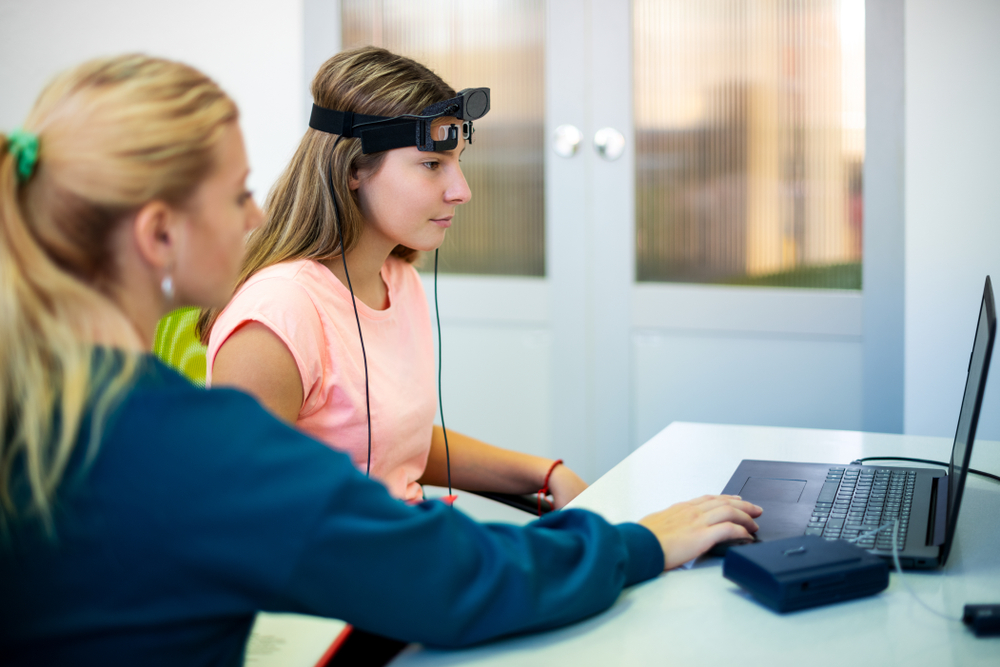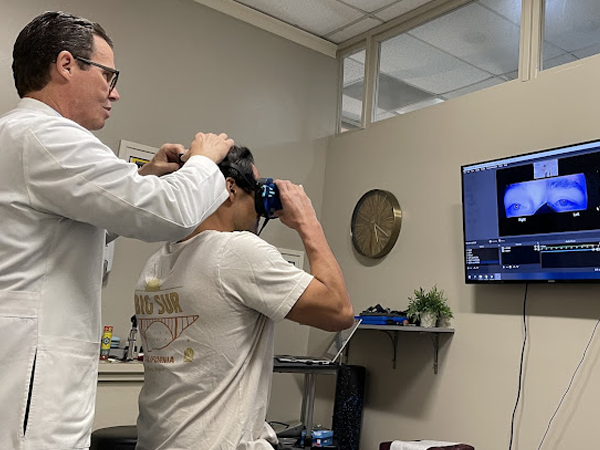
Neurofeedback, also called EEG biofeedback, has been the subject of study for decades. It is a drug-free, noninvasive way to treat brain-related conditions. Do you find it challenging to maintain your attention while reading? Do you struggle to find the right words in conversations? Do you have difficulty falling or staying asleep at night? Are you struggling with your home, work, or school performance? Worse yet, you may be living with anxiety.
If any of these issues sound familiar and you want to address them without medications, there is hope. A new treatment protocol known as neurofeedback therapy may be your ideal solution. Hundreds of published studies show that it can help patients with various conditions. These include addiction, age-related memory loss, concussion, ADHD symptoms, anxiety, and insomnia.
What Is Neurofeedback Therapy?
This noninvasive treatment aims to encourage the brain to develop healthier activity patterns. The goal is to change how the patient thinks and feels. It also seeks to change the patient's brain on a biological level for optimal functioning. Research shows that the brain can change and adapt when given the proper support. That is what experts call neuroplasticity.
Brain Waves
Brain cells communicate through electrical impulses called brain waves. Each wave has a frequency and amplitude. Experts associate faster brain waves with awareness, thinking, and focus. They associate slower ones with meditation, relaxation, and deep sleep.
People with mental health disorders tend to have disrupted brain wave patterns. That is what leads to unhealthy behavior and biological activity. For instance, individuals with anxiety disorders have excessively fast brain wave activity. This leaves them feeling panicky, hyper-aroused, and on edge. Those with ADHD often have an excess of slower brain waves. This causes symptoms like trouble focusing, daydreaming, and brain fog.
How Neurofeedback Therapy Works
This treatment aims to help control these unusual brain wave patterns. A typical treatment session involves the following basic steps:
Setting the Treatment Goals
Your therapist will set goals based on your unique condition. For example, if you suffer from an anxiety disorder, the treatment goal may be to regulate fast brain waves to help you feel more relaxed and calmer after the session.
Measuring Brain Wave Activity
A clinician will place electrodes on your scalp to measure your brain waves. After placement, you may listen to music or watch a movie as therapy begins.
Training the Brain With Positive Feedback
When your brain wave activity meets the treatment goals as indicated by the EEG, your brain will receive positive feedback. If you have an anxiety disorder, your reward may be a larger movie screen or more pleasant audio feedback when your brain makes fewer faster beta waves and boost slower alpha waves.
Repeat Training
The EEG electrodes will continue to monitor your brain wave activity and give positive feedback when you meet your treatment goals. The purpose of the training loop is to provide the brain with many opportunities to self-correct.
Conclusion
This treatment does not involve electrical stimulation or current, unlike most other brain-based therapies. Neurofeedback therapy is a noninvasive and medication-free treatment that addresses brain wave imbalances to help patients achieve better functioning and more profound healing.
For more on neurofeedback therapy, visit Bagnell Brain Center at our office in Pinecrest, Florida. Call (305) 889-7488 to schedule an appointment today.






